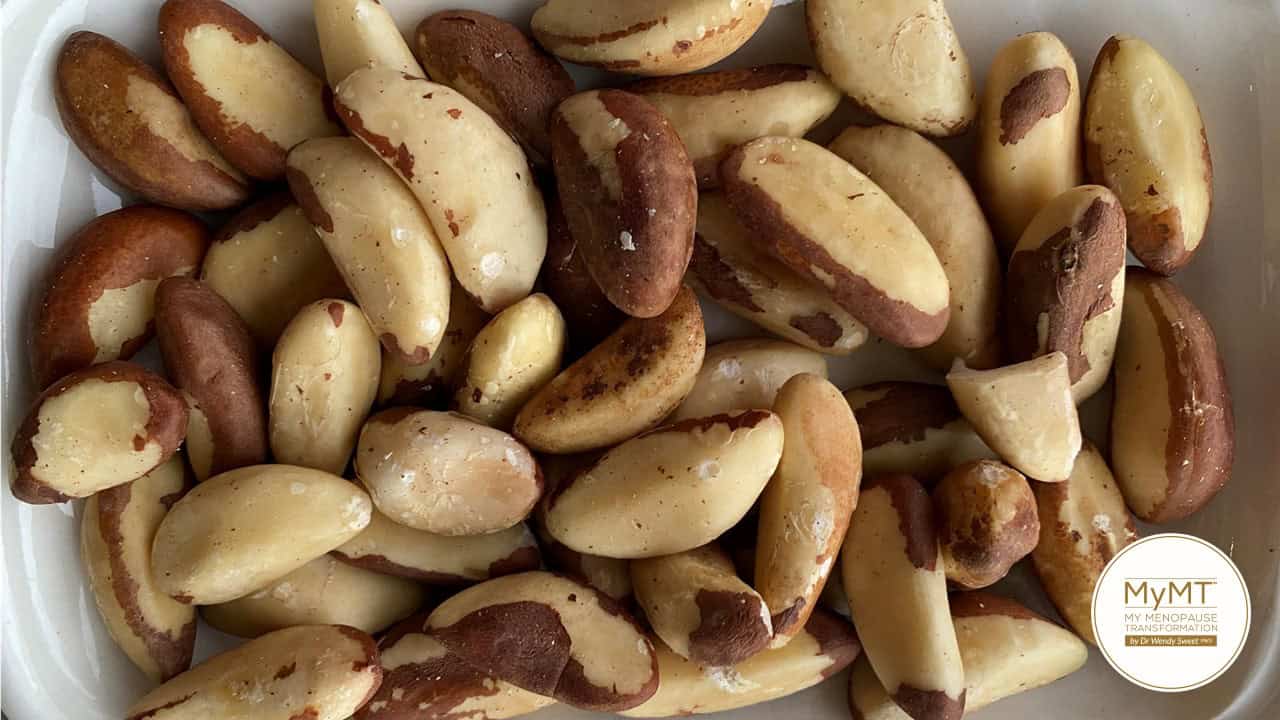Here in New Zealand, there is no region of the South Island that is shown to have very high levels of selenium occuring naturally in soils. Russia is the same as is China, Scandinavia and other parts of the world, including some parts of Australia. The low values around the world are related to the nature of the rocks and the degree of soil weathering.
This is why, the trace element, selenium is now added to soils, animal drenching formulas and fertilisers in many countries. Whilst we don’t need a lot of selenium (and high levels can cause toxicity), understanding how we can reduce our fatigue levels during menopause and improve other symptoms such as brain fog and hot flushes, by being aware of both selenium and iodine in our diet, is important.
If we don’t eat foods that contain selenium (and iodine), then this may become problematic for thyroid function. As such, our energy levels are also affected as we transition menopause.
The thyroid contains the maximum concentration of selenium of all the organs in our bodies. Iodine and selenium are required for our thyroid function and without both of these micronutrients we have no energy, our hair falls out, we put on weight, have brain fog and we feel moody, depressed and ‘hot’.
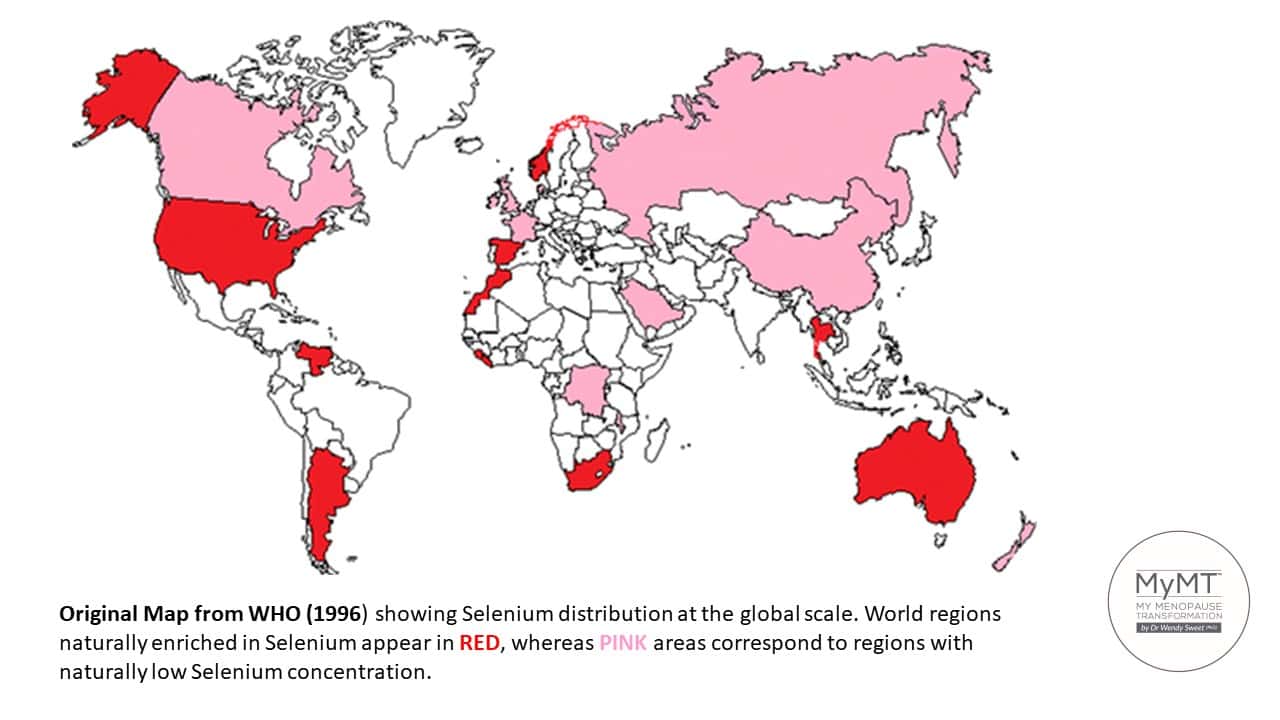
Selenium plays a role in both immune system functioning and energy metabolism. So too does iodine. Both of these minerals are essential to human health and we must get them from our diet.
In New Zealand, as in many other countries globally, the food supply contains low levels of both iodine and selenium (Brough, Gunn et al, 2017), because of the low content in soils. For many of these countries, since the 1960s when mass production of wheat took off, high yield wheat grains, grown in selenium deficient soils, was a fast track to the changing health of the population. This included thyroid deficiencies, heart disease, cancer, depression and chronic fatigue syndrome. [Nally & Hailes, 2020)
For women transitioning menopause, no matter where we live, the knowledge that scientists have provided about selenium is important to us. You see, both selenium and iodine are required for optimal thyroid function and the thyroid gland contains the highest concentration of these minerals in the human body.
Many of you with thyroid problems may already know that thyroid hormones are required for the control of metabolic processes, growth and development, especially of the brain and central nervous system. If you are experiencing anxiety, brain fog, mood swings and changing energy levels, then please take note!
The deficiency of Selenium (and iodine) can be problematic for women during menopause and post-menopause.
Deficiency has been implicated in cardiovascular disease, muscle diseases such as fibromyalgia, poor recovery from exercise, thyroid problems and cognitive decline. In a recently published study, selenium, along with Vitamin D and C, in high doses, are now recommended for acute and chronic Covid recovery. (Bae and Kim, 2021).
Because selenium carries out various functions in normal health and energy metabolism, how we absorb it is important. When we eat this super trace mineral in our food, it is absorbed into the body by specific Selenium-related transporters in the small intestine. Then it’s taken to the liver.
After uptake in the liver, selenium may enter the methionine pool. This refers to a long-term storage pool for Selenium. Methionine is one of nine essential amino acids (proteins) that humans must derive from food and is the initiating amino acid for protein synthesis (formation). Those of you who are exercising regularly and working out, need to know that selenium is an important trace mineral for muscle recovery.
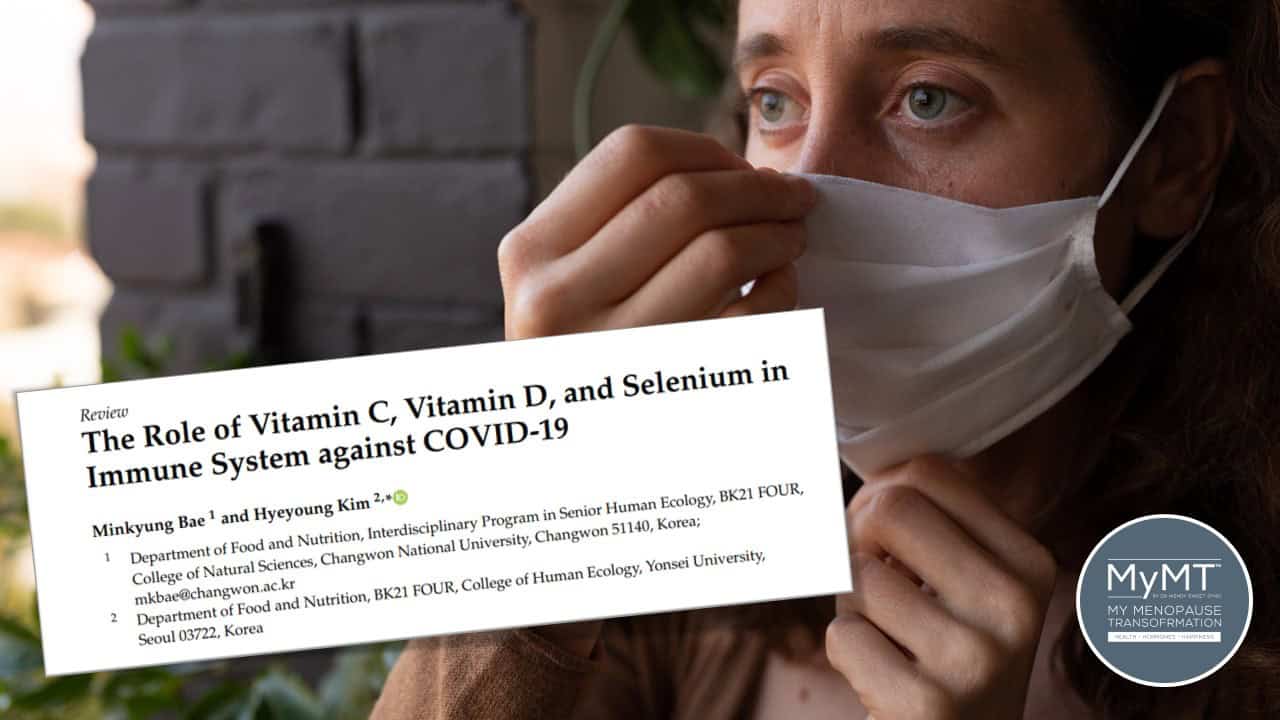
In 2017, here in New Zealand, a group of nutrition researchers at Massey University investigated the iodine and selenium intakes in healthy, women aged 50–70 years (n = 97) from three cities in the North Island.
Bread is the majority grain consumed in New Zealand and since the 1960s, when wheat seeds changed towards higher yields, bread consumption as well as the refined bread consumption has increased dramatically and with the addition of iodine to bread, iodine levels have stabilised. The same can’t be said for selenium. In this study of post-menopausal women, blood levels of selenium were low in over 50% of them.
At one time, Finland had the lowest intake of selenium in the western world, but they fortified their fertilizers with selenium (as other countries such as NZ has done) and have since changed the equation. But as women especially turn away from bread and meat, where are we getting our selenium from?
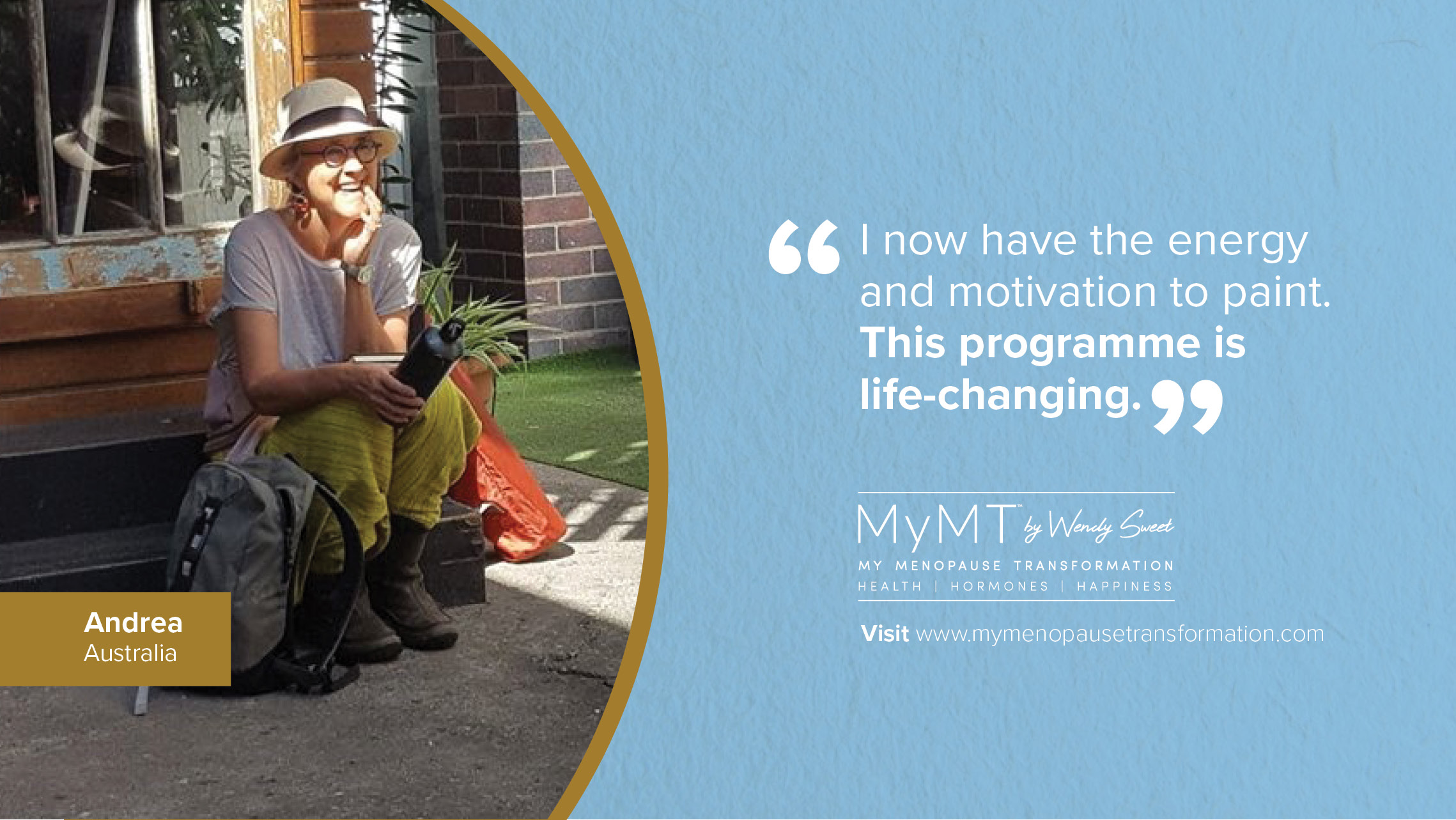
This is where BRAZIL NUTS come in.
Brazil nuts (and kidney) became the mainstay sources of selenium in many countries that had low soil content of selenium. I wish that I knew this as a girl coming through puberty and living in the South Island and eating the white processed bread that my mother made our school lunches with. Selenium helps energy, mood, reduces hot flushes and allows the thyroid to do it’s job of regulating our temperature, weight and energy levels.
Only 2-3 Brazil nuts are needed daily.
Even if they are grown in lower selenium soils, apparently they still have enough selenium to help our thyroid function. I think of the millions of women around the world who end up with thyroid problems which arrive in peri-menopause and menopause. As such, because of the close connection between the thyroid, pituitary, adrenals and ovaries (the HPA-Thyroid Axis), many women may feel like their hot flushes are getting worse, they have low energy levels, and/or mood changes and depression.
I often wonder therefore, if women are getting checked for their iodine and selenium levels or if they are just having their symptoms viewed through the lens of ‘ovarian problems in menopause’ and get placed on hormonal medications and anti-depressants instead? It’s an interesting thought.
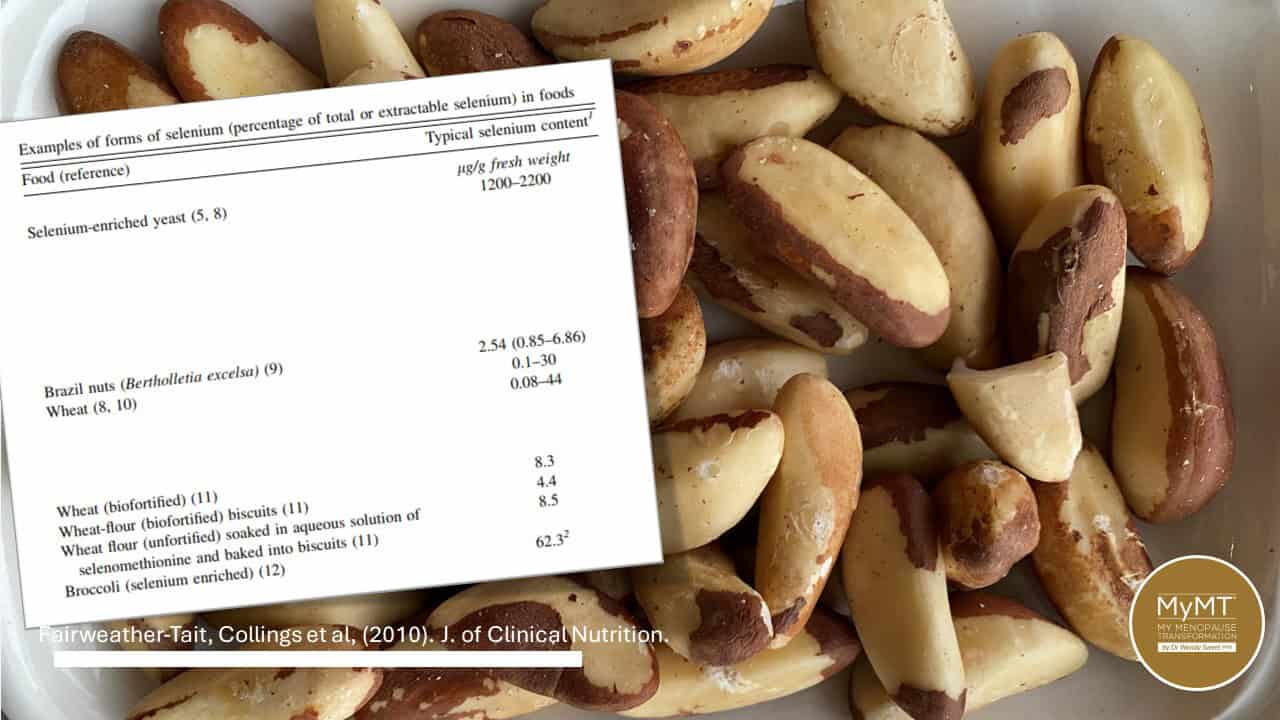
One of the stances that I take in my 12 week coaching programmes, is to position our menopause transition in ageing science. Afterall, menopause is the gateway to the next phase of our life, just as puberty was the gateway to our reproductive years. I often remind you that menopause is the ‘bookend to puberty‘ and as such, we can expect that there are changes going on around the body, not just in our ovaries.
Changes to how we absorb nutrients is one example and changes to the types of foods we need as we move through menopause, is another example.
Ageing is related to changes in the renewal of proteins and mitochondria. As such, longevity and ageing researchers, know that one of the central features of how rapidly individuals age, is due to changes in proteins and changes to the telomere ‘hard-hats’ on the ends of our DNA strands. If proteins are folding abnormally and telomeres shorten more rapidly, this sets up inflammatory reactions in the body. (Alehagen, Opsted et al, 2021).
Diseases of older age, such as Alzheimer’s disease and Type 2 diabetes and for women, cardiovascular disease, are known to be inflammatory diseases and menopause is now understood to be the gateway to these changes in women.
Many women go on HRT and other medications during menopause, including thyroid medications and yes, they need these medications to help their health and symptoms. However, I’m always conscious that yes indeed, there are ‘other things’ we can be doing to help take back control of our symptom chaos too.
That’s why I’m passionate about bringing scientifically evidenced lifestyle solutions to your menopause symptom toolbox as well – this includes understanding that we must focus on increasing our intake of certain vitamins and minerals, as well as sorting out any problems with gut and liver health, because how we absorb these nutrients is crucial.
Emerging science suggests that adequate selenium status may play a role in healthy ageing so let’s take care of that through adding a couple of Brazil nuts to our daily diet.
It’s a pretty simple solution isn’t it?
Dr Wendy Sweet (PhD)/ MyMT™ Founder and Member: Australasian Society of Lifestyle Medicine.
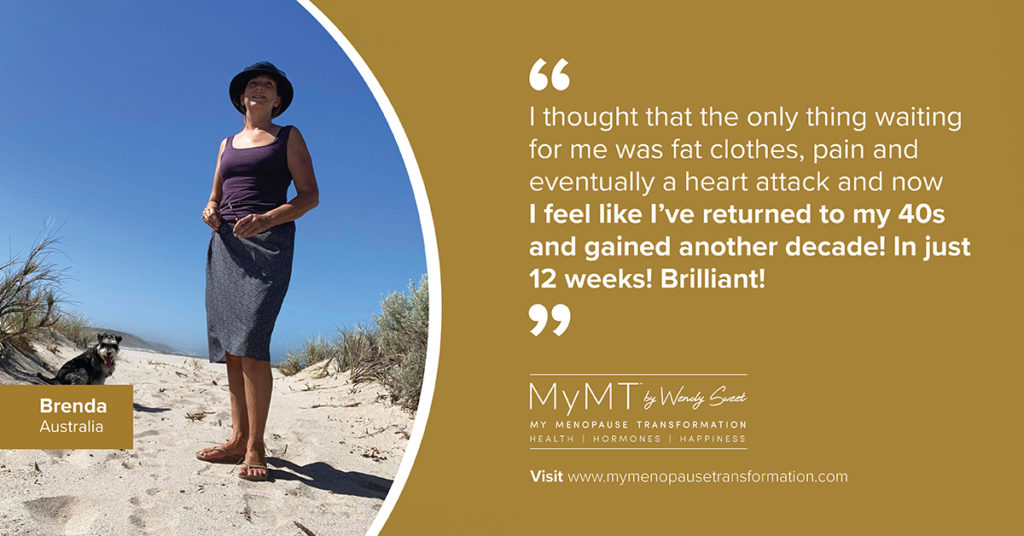
References:
Alehagen U., Opstad TB., Alexander J., Larsson A. & Aaseth J. (2021). Impact of Selenium on Biomarkers and Clinical Aspects Related to Ageing. A Review. Biomolecules. 2021 Oct 7;11(10):1478. doi: 10.3390/biom11101478. PMID: 34680111; PMCID: PMC8533247.
Bae, M., & Kim, H. (2020). Mini-Review on the Roles of Vitamin C, Vitamin D, and Selenium in the Immune System against COVID-19. Molecules (Basel, Switzerland), 25(22), 5346. https://doi.org/10.3390/molecules25225346
Brough, L., Gunn, C. A., Weber, J. L., Coad, J., Jin, Y., Thomson, J. S., Mauze, M., & Kruger, M. C. (2017). Iodine and Selenium Intakes of Postmenopausal Women in New Zealand. Nutrients, 9(3), 254. https://doi.org/10.3390/nu9030254
Fairweather-Tait SJ, Collings R, Hurst R. (2010). Selenium bioavailability: current knowledge and future research requirements. Am J Clin Nutr. 91(5):1484S-1491S. doi: 10.3945/ajcn.2010.28674
Nally, A. & Hailes, L. (2020). Just cause and effect: Selenium deficiency in New Zealand. Write Answers Ltd Publ.: New Zealand.
Shreenath AP, Ameer MA, Dooley J. (2021). Selenium Deficiency. [Updated 2021 Dec 29]. In: StatPearls [Internet]. Treasure Island (FL): StatPearls Publishing; 2022 Jan-.
Ventura, M., Melo, M., & Carrilho, F. (2017). Selenium and Thyroid Disease: From Pathophysiology to Treatment. International journal of endocrinology, 2017, 1297658. https://doi.org/10.1155/2017/1297658
